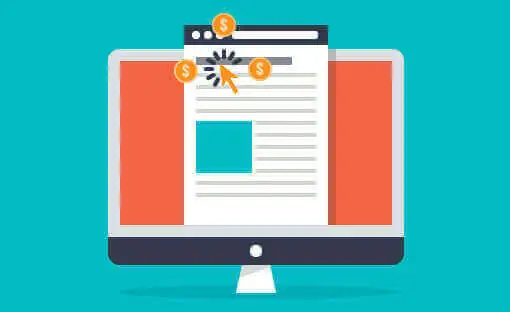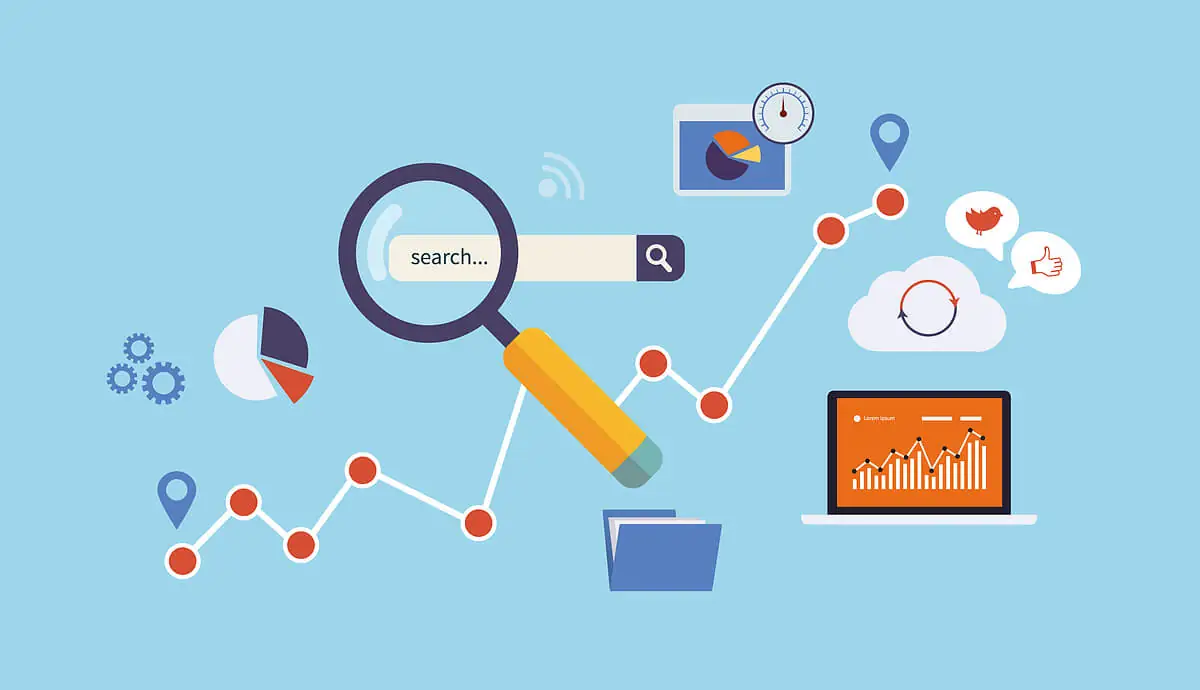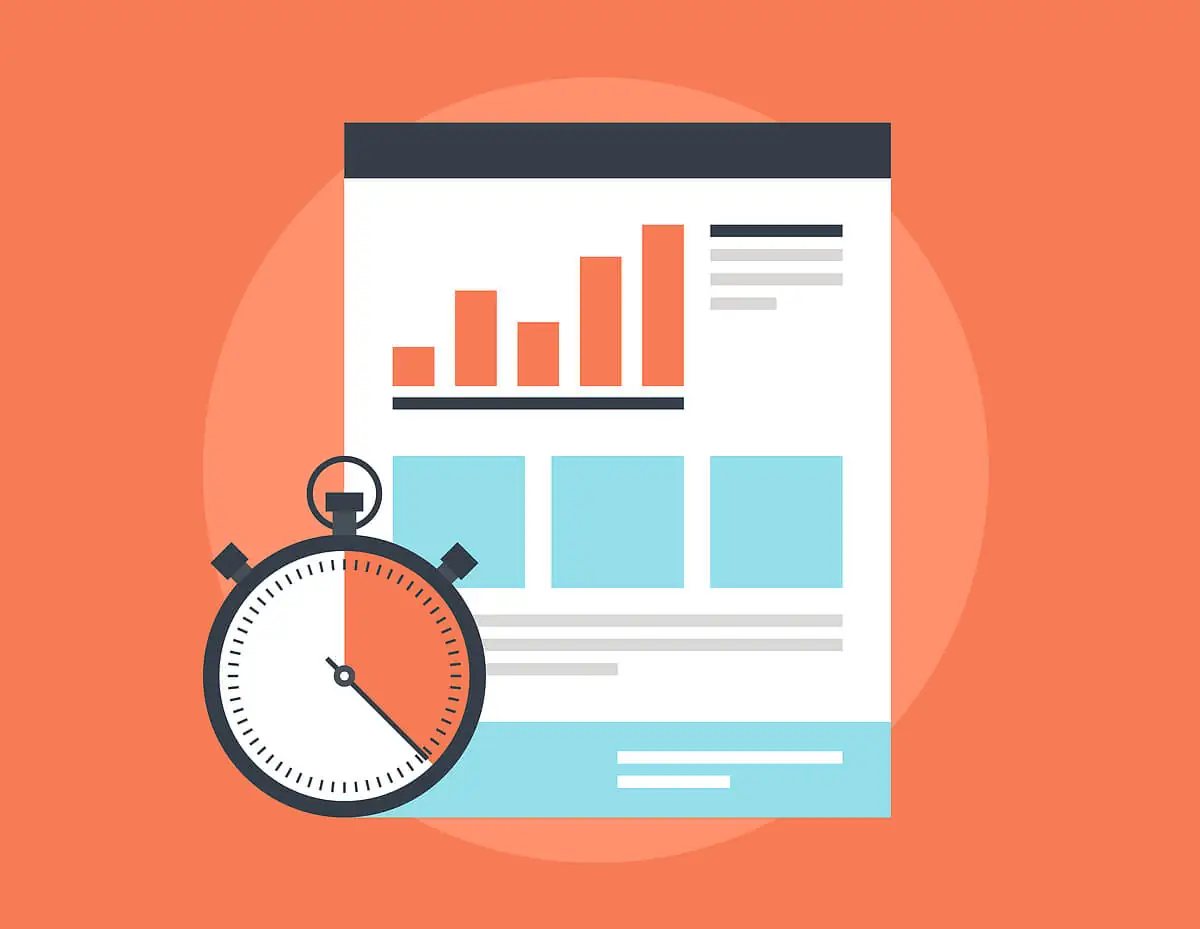You’ve got the click. Congratulations, give yourself a pat on the back. Capturing attention in our wildly overstimulated world with endless possible ways to spend time is a win that should be celebrated. But as marketers, we can’t stop once we’ve got the click because the click is only the beginning. You’ve got the click – now what? Convert traffic!
Let’s take a look of best practices for achieving success once you’ve got someone’s attention
PPC: From Clicking to Converting Traffic
Regardless of how you got the click, it’s important to set a goal for what you want to happen afterwards. Without a goal, it’s difficult to get customers to do what you want, and even more difficult to measure success.
Once you’ve decided on a goal, it’s time to make sure that you set and deliver on expectations, especially when it comes to creating a PPC campaign.

In Google Adwords certification training, experts on Google’s staff share the importance of aligning ad copy with the specific landing page you send people to. If the landing page is not specific enough, or completely different than expected, your ad quality score is likely to go down. Besides confused website visitors, a negative ad quality score can mean:
- Higher cost per click (CPC) pricing
- Less eligibility to have your ad shown during relevant searches
- Lower rank in ad positioning
If your landing page isn’t aligned well with ad copy, you’re losing time, money, and credibility.
Besides being relevant, a landing page optimized for a click from PPC should be simple and clean. Bring everything you do back to your goal. Focus on that specific goal and desired conversion from the person who clicked through.
Get rid of additional distractions, like navigation to other parts of your website. You don’t want your potential customer to have a reason to wander until they’ve completed the desired action you’ve optimized for.
If you’re not making a direct sale, but trying to get an opt-in, make your opt-in form short. Consider mobile users and how annoying it might be to fill out more than one field. If an email is enough, you’ll likely get more conversions by making that the only field for someone to fill out.
Finally, it may be a good idea to devote some PPC landing page space to testimonials from people who’ve worked with you and had a positive experience. Many people respond well to social proof when trying to make a decision. Just don’t overwhelm landing page visitors with too much information.
By keeping these important principles in mind when creating PPC campaigns, you’ll have a better process for measuring – and achieving – success for your goal.
SEO: Click to Conversion
Converting a visitor who’s clicked through to your website through SEO is often a much different process than PPC. Previously, we’ve shared some insight as to how to boost your Google ranking with long-tailed keywords and backlinks, but what do you do once you’ve got the click?

Just as with PPC, it’s important to align expectations with reality. If someone is seeking the answer to a question, and your content is optimized with those keywords, you’d better be able to satisfy your visitor’s need for an answer. If your visitor is not immediately satisfied by what they see, they’ll likely leave quickly, without visiting another page.
When someone leaves without visiting another page, it’s called a “bounce.” Having a high bounce rate is considered a bad thing, although many will argue about its exact effect on SEO. One thing’s for sure – if someone isn’t satisfied by the content on your site, they’re unlikely to return. It’s a lost opportunity.
A few more best practices when you’ve got the click from organic SEO efforts:
- Display the most important information above the fold. “Above the fold” is a phrase that refers to the area of your website that is visible before scrolling down. With this in mind, you may want to put social icons, newsletter signup forms, and other potential converters in this prime real estate area.
- Weave your conversion mechanism into the text of the page where people land. Do you want them to ask for a quote? Tell them how to do that. Want them to sign up for your email newsletter? Give them a compelling reason to do that, and a form to fill out. Make it easy for them to act.
- Add social sharing buttons to articles so you can continue to automate traffic from satisfied searchers.
 Regardless of how you engage and incentivize website visitors, through PPC, SEO, or other measures, it’s important to measure your results. There’s lots of mistakes you can make with paid promotion, and a failure to interpret and act on data is one of them! Even failure can be a powerful learning experience – if you take the time to understand it.
Regardless of how you engage and incentivize website visitors, through PPC, SEO, or other measures, it’s important to measure your results. There’s lots of mistakes you can make with paid promotion, and a failure to interpret and act on data is one of them! Even failure can be a powerful learning experience – if you take the time to understand it.
So when you’ve got the click, make sure that you’ve already planned the next step. Your users will appreciate the seamless experience, and reward you with engagement – and maybe even a sale!
Need help getting your marketing to work for you? Contact us for a free consultation!




